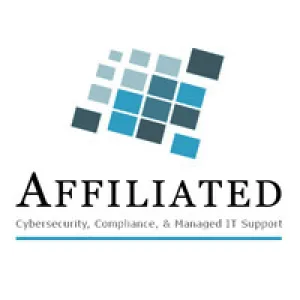July 17, 2025
If you've ever had to investigate a med
error or a missing chart, you know how valuable a good trail of evidence is.
The same applies to your digital records—especially ePHI (electronic protected
health information).
Monitoring and logging who accesses your
records isn't just a good idea—it's a HIPAA requirement. And for LTC leaders,
it's a frontline defense against internal mistakes and external threats.
A good monitoring program allows you to:
- Track access: Who looked at which record, and when?
- Detect unusual behavior: For example, a dietary aide accessing clinical records could indicate a compromised login.
- Support investigations: Whether it's an audit or a breach, logs help you respond quickly and accurately.
- Maintain trust: Families want to know their loved one's information is private and secure.
According to HHS guidance, failure to
maintain access logs is among the top HIPAA violations cited during audits.
One LTC organization in Northwest Ohio
integrated monitoring tools that flagged off-hours access and location
mismatches. When a staff member logged in from two locations within 10 minutes,
IT was alerted. A breach was avoided, and they updated protocols to disable
shared workstations after inactivity.
"If
you can't see it, you can't stop it." - David Kennedy
On the other hand, a smaller facility had
no access logs in place. After a disgruntled employee downloaded and shared
resident records, leadership couldn't identify when it happened—or prove what
had been accessed. OCR issued a fine, and several family members left the
facility out of concern.
"Accountability
begins with visibility." - Jim Collins
Logging isn't just for IT—it's part of
resident safety. And with AI tools and remote access becoming more common in
LTC, tracking who touches your data is no longer optional.
Could you tell who accessed your EMR this
morning—and why?




